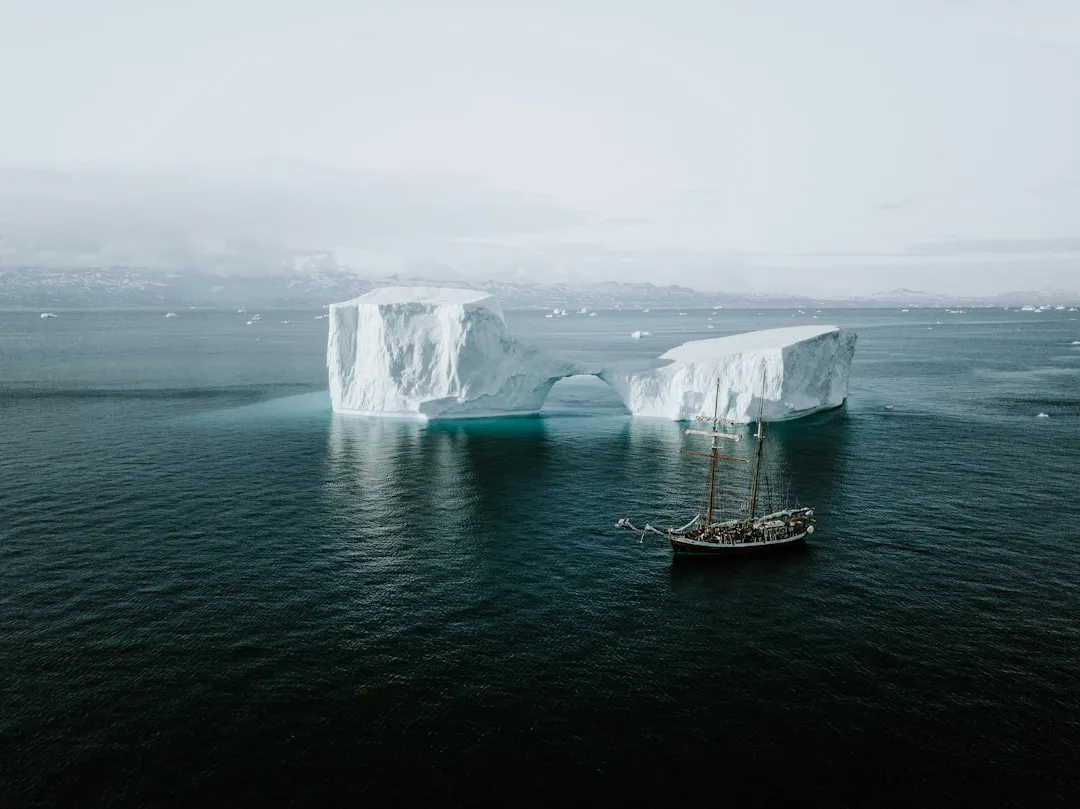The UK is deploying AI to monitor Arctic security threats from hostile states, reinforcing its commitment to regional stability.
Leveraging AI technology to safeguard the Arctic’s future.
Geopolitical Landscape of the Arctic
The Arctic, once regarded as a remote and inhospitable region, is undergoing a significant transformation, reshaping global geopolitics. With the melting ice caps, new shipping routes are opening, and previously unreachable resources are becoming accessible. This shift is prompting countries to reevaluate their national security strategies. For the UK, stability in the High North is not just a matter of regional security; it has profound implications for national defense.
As Foreign Secretary David Lammy emphasized, “The Arctic is becoming an increasingly important frontier for geopolitical competition and trade, and a key flank for European and UK security.” This statement encapsulates the urgency of the situation, underscoring the need for robust measures to protect vital interests from emerging threats. The UK’s focus on the Arctic reflects a broader trend of nations recognizing the strategic importance of this region as climate change accelerates its accessibility.
AI as a Strategic Tool for Monitoring
In light of these developments, the UK is deploying cutting-edge AI technologies to bolster Arctic security. This initiative is part of a comprehensive strategy to monitor hostile activities, particularly from Russia, which has been known to deploy its Northern Fleet in Arctic waters. The integration of AI will enable enhanced surveillance capabilities, allowing the UK to detect and respond to threats in real-time.
During Lammy’s visit to Iceland, he will unveil a UK-Iceland tech partnership aimed at utilizing AI for monitoring purposes. This partnership not only signifies a commitment to technological innovation but also highlights the importance of collaboration among Arctic nations. As the region faces increasing challenges from hostile state activities, leveraging AI will be crucial in maintaining security and stability.
The Growing Threat of Russia
Russia’s activities in the Arctic are a significant concern for the UK and its allies. The presence of Russia’s nuclear-powered icebreakers and the operations of its shadow fleet pose direct threats to critical infrastructure, including undersea cables essential for communication and energy supplies. These developments warrant a proactive response, as they could impact not only the Arctic but also European security at large.
The UK’s joint naval operations with Norway exemplify this proactive approach. Through collaborative patrols, the UK and Norway aim to deter potential threats and safeguard their interests in the Arctic. As Lammy noted, “It’s more important than ever that we work with our allies in the High North, like Norway and Iceland, to enhance our ability to patrol and protect these waters.” This partnership underscores the necessity of united action in addressing the multifaceted challenges posed by Russia’s activities in the region.
Investment in Defence and Technology
The UK government recognizes that addressing Arctic security challenges requires significant investment. Earlier this year, Prime Minister Rishi Sunak announced a notable increase in defense spending, marking the most substantial rise since the Cold War. The aim is to elevate defense expenditure to 2.5% of GDP by 2027, with hopes to reach 3% in the subsequent parliamentary term. This commitment reflects the evolving security landscape and the recognition that the Arctic plays a critical role in national defense.
Moreover, the recent Security and Defence Partnership between the UK and the EU emphasizes the interconnectedness of security, climate action, and international collaboration. This pact aims to enhance cooperation in ensuring a safer Europe and will likely include provisions for Arctic security as a focal point. The deployment of AI in these strategic initiatives serves as a testament to the UK’s forward-thinking approach in navigating the complex security environment.
Summary and Future Directions
The deployment of AI technologies for Arctic security is more than a technological upgrade; it is a strategic necessity for the UK. As the geopolitical landscape shifts and threats evolve, the integration of advanced monitoring systems will be pivotal. The focus on collaboration with allies, such as Norway and Iceland, indicates a robust commitment to maintaining stability in a region growing in global importance.
In conclusion, the UK’s proactive measures, underscored by the deployment of AI, highlight a significant step forward in addressing the challenges posed by hostile states in the Arctic. The future will see increased emphasis on technology-driven solutions, enhancing not only national security but also fostering international partnerships aimed at safeguarding this vulnerable region.


